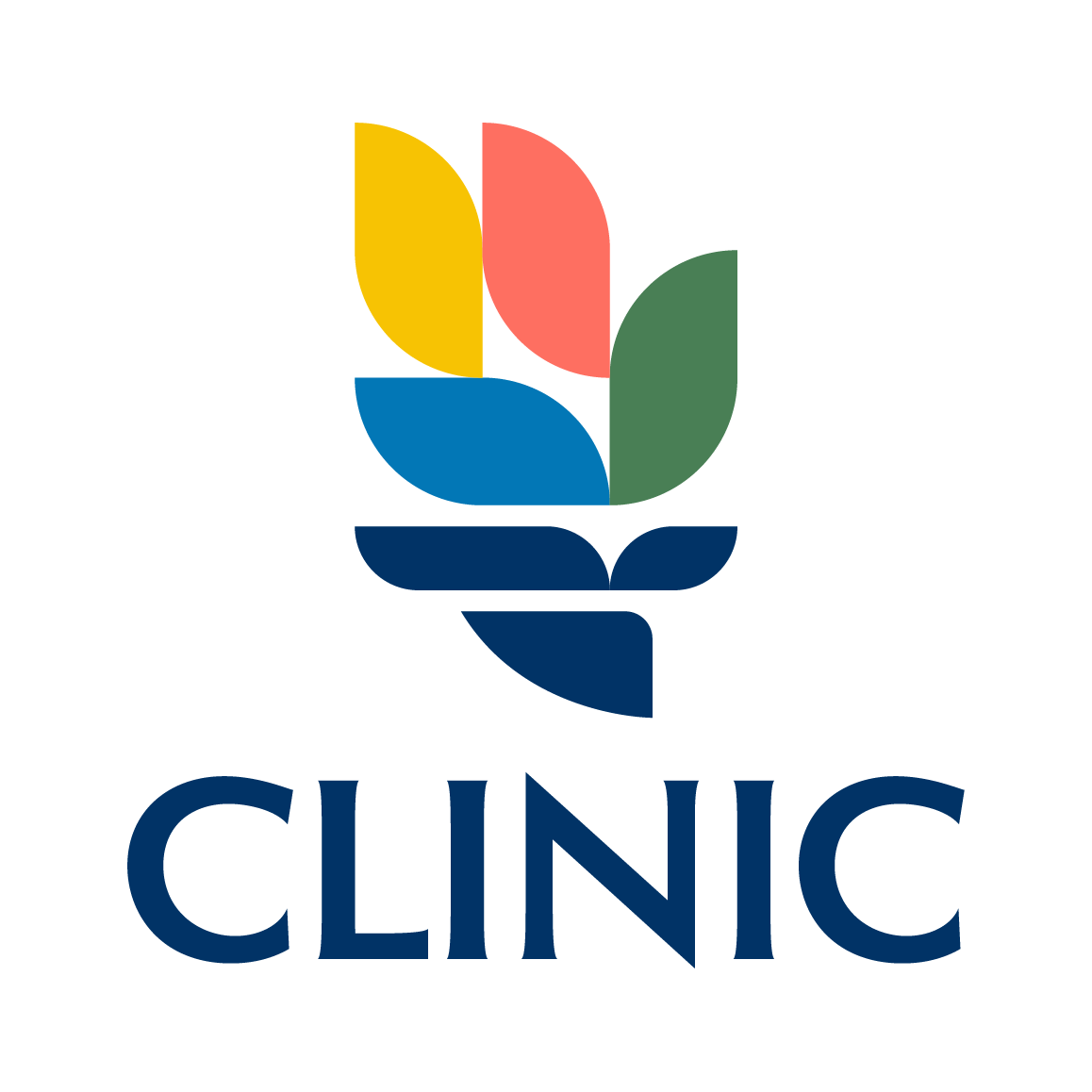Estamos Unidos Feature: Rosaries at the U.S. border
A woman traveled for weeks through the unforgiving desert and across hostile and dangerous towns wearing a rosary around her neck. Her faith and hope for a better life, free from persecution and fear, fuel her resolve. The four Scripture-based mysteries that anchor the Rosary prayers — the Joyful, Sorrowful, Glorious and Luminous — seem a fitting lens to understand the rosary’s significance in the lives of some of the most vulnerable immigrant populations trying to reach the United States.
Whether they are porous wood with cord, plastic beads with stained metal ringlets connecting scratched material or detailed custom-made art pieces with semi-precious stones, this representation of Christ’s life continues to serve as an inspiring symbol of resilience against adversity. The connection to faith and hope transcends the harsh weather, corruption, violence and socio-political unrest against which migrants struggle, whether they come from Africa, South or Central America, Asia or the Caribbean.
Rosaries are frequently among the belongings that make it to the U.S.-Mexico border around the necks and in the pockets and hands of asylum seekers, whose journeys exemplify the confluence of fear, desperation, hope and faith. In seeing so many people carrying rosaries through their struggles, those who work at the border know that this element of faith is what helps many asylum seekers carry on through difficult journeys.
For a young mother, her broken strand of rosary beads embodies the heart-breaking past she escaped, as she asks God to continue to protect her from the spousal abuse and life-threatening conditions she survived. She is one of many who have lived through such violence.
For asylum seekers like Magdalena,* Teke* and sisters Rocio and Monserrat, carrying this Catholic symbol of sacrifice and love is also a testament to the great sacrifices they have made in a quest for safety, security and dignity. To many asylum seekers, their rosaries are a constant and tangible reminder that despite the dangers, humiliations and cruelty they endured along their journeys, they are not alone.
They carried the rosaries even when the sun burned their skin.
They held them tight when predatory people — who often look like them and speak their native language — abused, kidnapped or extorted them. When the cartels followed them in Ciudad Juarez and crushing U.S. policies kept them at risk, the consolation of prayer bolstered weakening resolve.
Men, women and children prayed with rosaries in overcrowded shelters — never missing a Hail Mary under the light of fading candles. Their faith something salvaged from home, along with precious documents: passports, tattered birth certificates, identification cards, letters from local leaders describing their good conduct, folded pictures of loved ones.
The images of patron saints and virgin patrons from multiple country and regional traditions represented in the rosaries speak of the complex identities among the asylum-seeking Catholics who receive the services of CLINIC’s Estamos Unidos staffers, volunteers and partner organizations. Rosaries are carried or worn as asylum seekers learn about their rights, develop safety plans and have the opportunity — perhaps for the first chance in their lives — to speak with an attorney. Some, like Monserrat, took the opportunity to cry the tears she carried for months, while sharing her reasons for fleeing.
The rosary-bearing asylum seekers also learn what to expect and how to assert their rights when confronted with the controversial tent courts on the U.S. side of the border, the makeshift operations that have barred journalists, advocacy groups and the public.
Asylum seekers waiting in Mexico as their cases are processed in the United States have lived through trauma with resilience and resolve — the rosaries they proudly own serve as reminders that a better and more secure life is possible when fighting for justice.
Read the full Estamos Unidos’s blog: cliniclegal.org/estamosunidos





